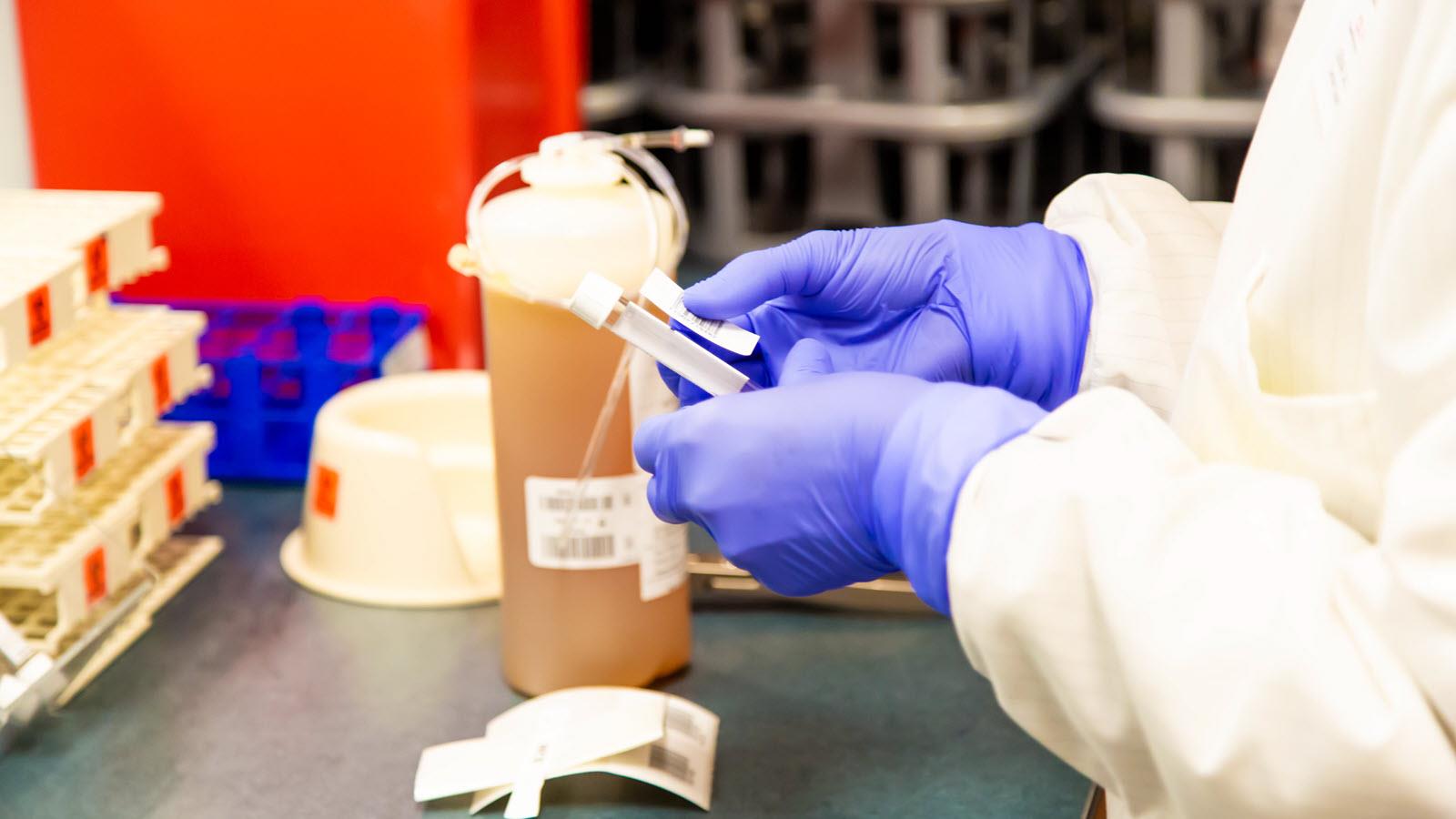Soccer Injuries and Physiotherapy
Soccer is a really popular sport in Australia and players are always keen to return to it following an injury. Sports physiotherapists are highly sought after to treat soccer injuries because they can offer effective relief and rehabilitation, as well as assistance to prevent further damage.
Soccer requires incredible balance, agility, coordination, speed and core strength and therefore puts a huge amount of strain on the body.
If you have suffered an injury a qualified physiotherapist who is experienced in soccer injuries should be consulted as soon as possible to ensure treatment begins quickly and pain levels are reduced. Melbourne Sports Physiotherapy in St Kilda, Blackburn and Essendon have physios with the skills and knowledge to get you back on the field.
Soccer Injuries & How Physio Can Help
Among the most common soccer injuries physiotherapists see in their businesses are those listed below.
Groin Muscle Strain & Physio
Sprinting while playing soccer puts strain on the groin area, particularly when the sprinting is not in a straight line, such as while chasing another player. Sharp changes of direction and quick deceleration while sprinting occur both during a match and while training and are stressful movements for the groin.
Strains in the groin muscle (adductor) can occur due to overuse where muscle fibres give way and become torn. These strains can be exacerbated in those who have a pre-existing groin muscle weakness.
Physiotherapy for groin strains will begin with improving daily activities such as walking. Massage is likely to be incorporated along with gentle groin muscle exercises and load reduction if necessary. When daily activities have become pain free the exercises can be progressed to strengthen the area for the stresses of playing soccer again.
Working up to a point where the injured groin muscle can tolerate running, sprinting, kicking and quick change of direction without any symptoms and at full strength, a soccer training regime can resume. A mild injury will take about 4 to 6 weeks for a return to sport while more severe injuries can take up to 10 weeks.
Knee Ligament Injury & Physio Treatment
The changes in direction during a soccer game can wreak havoc on the knees which is why they are one of the most injured joints in soccer players. The knee ligaments are responsible for ensuring the knee remains stable during changes of direction, but they can give way during sudden harsh movements. Ligament damage may also occur with player contact on the outside of the body, where the knee suddenly bows inwards.
An MRI is often suggested to determine the extent of the knee injury and whether it extends to the meniscus and patella (kneecap) ligaments. A knee brace in the short term can help protect the injured ligament, but depending on the severity of the damage a referral to a knee surgeon may be recommended.
Physio treatment will accompany any other treatment options for knee ligament injuries and is vital for strengthening the knee and improving stability. The timeframe for physio treatment varies as it depends on whether surgery is needed.
Hip Joint Tears & Impingement
An overgrowth of the ‘ball’ of the hip joint can result in repetitive ‘impingement’ of the ball against the rim of the hip joint socket, becoming painful in the front of the hip and groin. A labral tear occurs when the cartilage on the socket part of the hip (labrum) is damaged.
Pain can increase with movements such as change of direction, twisting, kicking and leaning forwards. Clicking, popping or locking sensations may also be experienced. Symptoms usually begin as mild discomfort and gradually worsen. An x-ray of the hip is required to diagnose this problem.
Physio treatment for labral tears and impingements in the hip helps to improve the muscle control of the hip joint by strengthening weak muscles in the area. Your physio will thoroughly test the hip to determine the weakness and how best to treat the injury.
Sometimes a corticosteroid injection may be recommended to help settle the pain. A sports doctor or hip surgeon may be consulted if the condition is deemed severe, but generally physiotherapy can manage the injury over a period of 10 to 12 weeks.
Preventing Soccer Injuries
Of course, preventing injury in the first place is a sportsperson’s priority. A sports physiotherapist who specialises in soccer can tailor an exercise program that can help reduce the likelihood of injury as well as improving performance on the field.
The FIFA 11+ program has been developed especially for soccer players and has been shown to significantly reduce injury rates and also time lost while recovering. Call or book an appointment online to speak with one of the physios in St Kilda, Blackburn or Essendon to find out more about this program.
Melbourne Sports Physiotherapy have physios with a special interest in soccer and their goal is to have you moving pain free as soon as possible.


